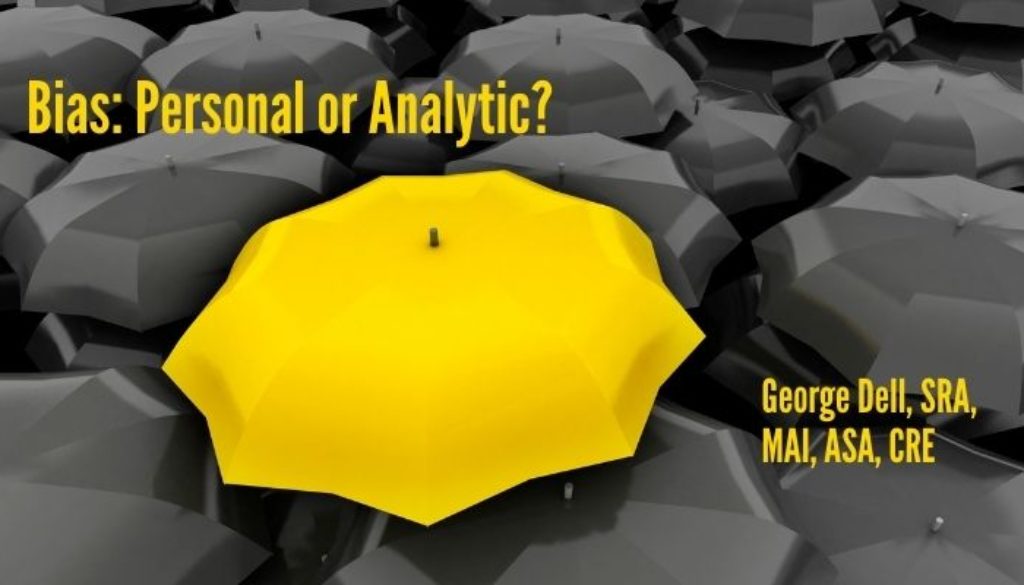Bias and prejudice are always relevant topics. Recently these have received more attention.
In asking the questions we present in the Analogue Blog, we find that three concepts/actions produce the greatest response, to create divisiveness and deepening anger in an argument. The three concepts of ignorant argument: 1) use the word “bias,” badly; 2) state a verbal/written attack on the person “ad hominem,” and; 3) apply the “straw man” attack. Each of these is great for a anyone who has a weak position, has no evidence, or is simply more interested in creating controversy than in positive public benefit. Words have power, statistics create ‘gravitas.’
The first rule of statistics: The biggest problem with statistics – is not statistics – it’s words. The equivocation in use, misuse, and abuse of words — cause the greatest misunderstanding and enable chicanery to support opinion of politics, ethics, or other beliefs. Thus the word ‘bias’ rears up.
Concept #1, BIAS: There are two major types of bias of interest to real property valuation. There is personal bias (whether conscious or unconscious), and there is analytical bias (whether in data selection or model selection).
Personal bias comes from multiple life circumstances. It can be our experience, beliefs, values, education, family, friends, peers, and even regulations and propaganda! Bias and prejudice are natural responses that happen without thinking by our tribal primal self. It protects us from the other dangerous tribe and helps us identify members of our safe ally tribe. This runs deep. Our primal self. Survival depends on it. Conscious effort is necessary to change this response in our modern society.
Analytical bias is quite different. Recall the four aspects of predictive research (i.e., appraisal).
- Problem ID (Scope of work)
- Data selection (picking comps)
- Predictives (make adjustments)
- Interpretation (deliver report)
A wrong, analytically biased result can come from:
- A wrong assumption or question (e.g., property, rights, or optimal use);
- Incomplete data (subjectively picking just three comps where there are 17 competing sales);
- Applying wrong predictors or curve fit (e.g., apply subjective or thumb rule adjustments);
- Fail to explain data selection, predictor identification, predictive models, and visuals.
Analytic bias can become a tool for the lazy or unthinking personally biased analyst (appraiser). You can lie with hidden assumptions, with statistics, with graphs, or with words. Pick any two or three.
Concept #2, AD HOMINEM: This is the easiest for the lazy or prejudiced or ignorant arguer. You have an opinion, but no real factual, logical, or even metaphorical evidence. Just start a personal attack against the person you disagree with. Easy. Makes you feel good. And you may get quick smiling approval from many others like you with the least effort!
Concept #3, THE ANECDOTAL “STRAW MAN”: Select one case of your opponent’s position (or opinion). Make sure it’s carefully chosen for an extreme outcome or result. Then you imply this result occurs all the time. No mention of other cases that contradict or weaken your attack are made. Create good drama. Rely on the pre-existing prejudice of those who will agree with you. Voila! You win.

May 25, 2022 @ 5:13 am
Good article. Thanks George!
May 25, 2022 @ 8:50 am
I have known you for decades and know you pretty well but am always amazed at the way you come up with such clear explanations of things often left unsaid. Another clear and concise article. I finally am beginning to understand too, the requirements/limitations of writing a one-page article on a complex subject. Well said.